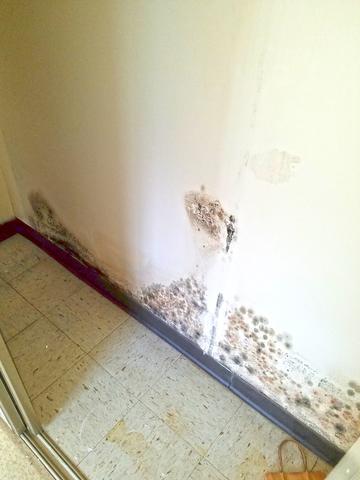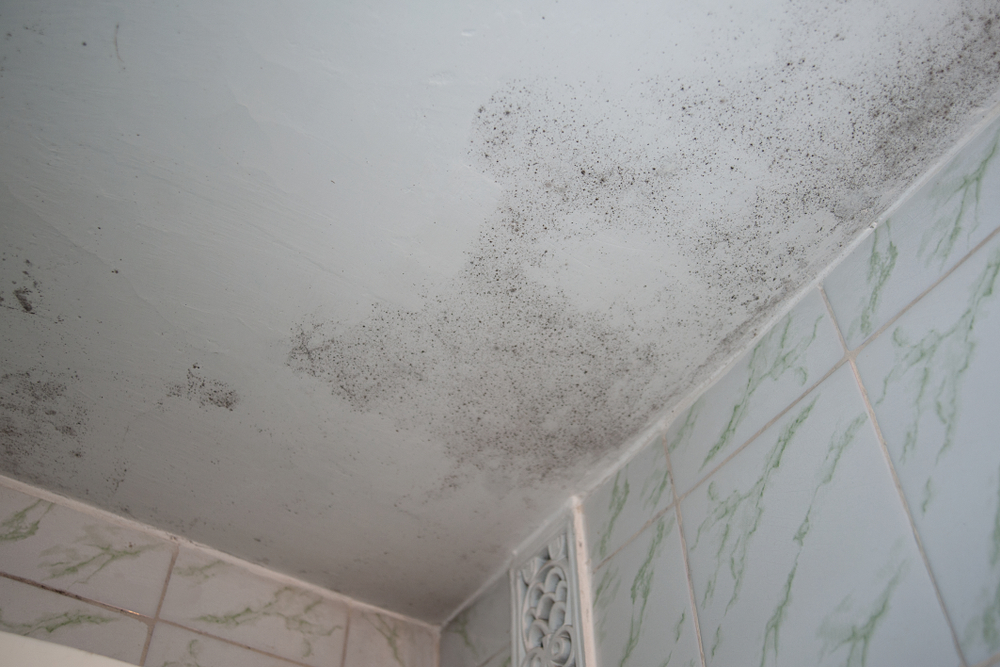Why Bathroom Moisture Results in Water Deterioration
Why Bathroom Moisture Results in Water Deterioration
Blog Article
We have unearthed this article about How to Repair and Prevent Bathroom Water Damage? directly below on the web and felt it made sense to talk about it with you here.

Water damage usually takes place in the washroom as a result of the water utilized everyday. In some cases, the damage could be a little mold from the shower. Various other times, it's large damage on your flooring. Whatever it is, it is constantly great to know the cause and also stop it before it happens.
This overview will certainly undergo some of the usual sources of water damage in the shower room. We will also analyze what you can do to avoid these reasons from damaging your bathroom. Allow's dive in.
These are the typical reasons you would certainly have water damage in your washrooms as well as how you can spot them:
Excess Dampness
It's trendy to have that lengthy shower and dash water while you hem and haw and imitate you're doing, but occasionally these acts might trigger water damage to your restroom.
Spraying water around can trigger water to go to edges and create molds. See exactly how you spread out excess wetness around, and when you do it, clean it up to stop damage.
Splits in your wall floor tiles
Restroom wall surface ceramic tiles have actually been particularly developed for that purpose. They secure the wall from wetness from individuals taking showers. Nevertheless, they are not undestroyable.
Often, your washroom wall surface tiles split and enable some dampness to seep right into the wall. This might possibly destroy the wall surface if you don't take any type of activity. If you discover a split on your wall ceramic tiles, repair it instantly. Do not wait until it ruins your wall surface.
Overflowing bathrooms and also sinks
As humans, often we make blunders that could trigger some water damage in the shower room. As an example, leaving your sink tap on might create overruning and damage to various other parts of the washroom with moisture.
Also, a faulty bathroom might create overruning. For example, a broken bathroom manage or various other parts of the tank. When this occurs, it can harm the flooring.
As quickly as you notice an overflowing sink or commode, call a plumber to help take care of it instantly.
Burst or Leaking Pipes
There are lots of pipelines lugging water to various parts of your washroom. Some pipelines take water to the bathroom, the sink, the taps, the shower, as well as numerous other locations. They crisscross the little area of the shower room.
Occasionally, these pipelines can get rustic as well as burst. Other times, human action could cause them to leak. When this happens, you'll locate water in the corners of your restroom or on the wall.
To spot this, look out for gurgling wall surfaces, mold and mildews, or mold. Call an expert emergency plumbing professional to repair this when it occurs.
Roofing Leaks
In some cases, the problem of water damage to the bathroom could not originate from the shower room. For instance, a roof covering leakage might cause damages to the washroom ceiling. You can identify the damage done by looking at the water discolorations on the ceiling.
If you locate water spots on your ceiling, inspect the roofing system to see if it's damaged. After that, call an expert to help solve the concern.
Final thought
Water damage to your restroom can be annoying. Nonetheless, you can manage it if you stop a few of the reasons pointed out in this guide. Call a specialist emergency situation plumbing if you see any type of extreme damage.
How to Prevent Water Damage in Your Bathroom?
Water damage repair is an expensive, meticulous, and lengthy process. Unfortunately, bathrooms are the most susceptible rooms to water damage due to toilets, showers, and sinks. Pipes and fixtures wear out over time and are not immune to damage. But all is not lost, as there are ways to prevent water damage from occurring in your bathroom.
Check Your Plumbing
Nothing lasts forever, especially pipes, which can rust and begin leaking over time. You should periodically conduct pipe inspections and pay attention for any musty smells or water stains that may indicate you need water damage repair. Here are some things to check:
Frequently test valves for your toilet, shower, and sink to ensure they are properly working. Check faucet supply lines hidden under vanities and replace when needed. Replace cracked or deteriorating caulking along sinks, tubs, and showers. If you notice a clog in your sink, call in a professional. Since you can’t check the pipes in the wall, keep an eye out for stains, drywall bubbling, musty smells, and excess moisture; if the bathroom is on a second level, check the ceiling of the room directly below for these signs. Don’t Overwork Your Toilet
One of the most common reasons bathrooms need water damage repair is due to overflowing toilets. Save yourself the hassle of cleanup by being mindful and not pushing your toilet to extreme limits. If you have young children, it is especially important to keep an eye on them when they are in the bathroom and to teach them how to avoid clogging the toilet. Here are some more tips to help prevent your toilet from overflowing:
If you have a septic tank, only use septic-safe toilet paper Do not flush anything down the toilet besides toilet paper; items like diapers and sanitary napkins will clog the piping Pay attention to your toilet’s water level: If it’s low, it could mean it is partially clogged or that there is a crack in the toilet bowl https://www.alure.com/home-improvements-blog/resources/how-to-prevent-water-damage-in-your-bathroom

I'm very curious about How to Repair and Prevent Bathroom Water Damage? and I'm hoping you liked the article. Loved our write-up? Please share it. Help someone else discover it. I love reading our article about How to Repair and Prevent Bathroom Water Damage?.
Emergency plumbing? Choose the best. Report this page